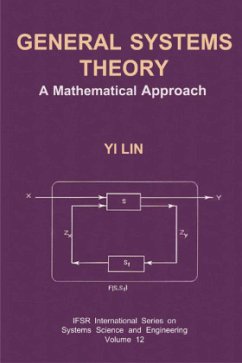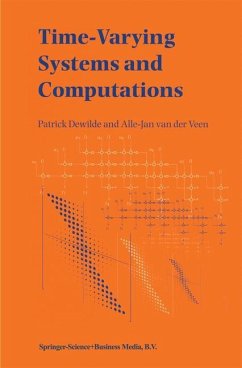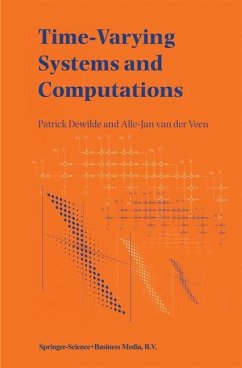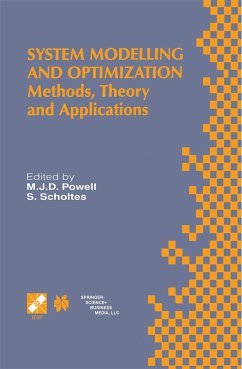
General Systems Theory
A Mathematical Approach
Versandkostenfrei!
Versandfertig in 6-10 Tagen
113,99 €
inkl. MwSt.
Weitere Ausgaben:

PAYBACK Punkte
57 °P sammeln!
The overall trend of modern science and technology is to synthesize all areas of knowledge into a few major blocks. Another characteristic is that the esthetic standard of scientific workers has been changing constantly. They ask, How can they equip themselves with the newest knowledge? How can they handle new knowledge, the amount of which has been increasing in a geometric series? According to Quastler, systems methodology is essentially the establishment of a structural foundation for four kinds of theories of organization: cybernetics, game theory, decision theory, and information theory. General systems methodology is a theoretical methodology whose purpose is to realize the ideal model of a systems theory described by von Bertalanffy, Quastler, and Zadeh - that is, to establish a general theory applicable to explain phenomena in various specific systems. The present volume is a comprehensive and mathematical approach to general systems theory. Topics explored are naíve set theory; axiomatic set theory; centralizability and tests of applications; systems of single relations; calculus of generalized numbers; unsolved problems in general systems theory.
As suggested by the title of this book, I will present a collection of coherently related applications and a theoretical development of a general systems theory. Hopefully, this book will invite all readers to sample an exciting and challenging (even fun!) piece of interdisciplinary research, that has characterized the scientific and technological achievements of the twentieth century. And, I hope that many of them will be motivated to do additional reading and to contribute to topics along the lines described in the following pages. Since the applications in this volume range through many scientific disciplines, from sociology to atomic physics, from Einstein's relativity theory to Dirac's quan tum mechanics, from optimization theory to unreasonable effectiveness of mathe matics to foundations of mathematical modeling, from general systems theory to Schwartz's distributions, special care has been given to write each application in a language appropriate to that field. That is, mathematical symbols and abstractions are used at different levels so that readers in various fields will find it possible to read. Also, because of the wide range of applications, each chapter has been written so that, in general, there is no need to reference a different chapter in order to understand a specific application. At the same time, if a reader has the desire to go through the entire book without skipping any chapter, it is strongly suggested to refer back to Chapters 2 and 3 as often as possible.












